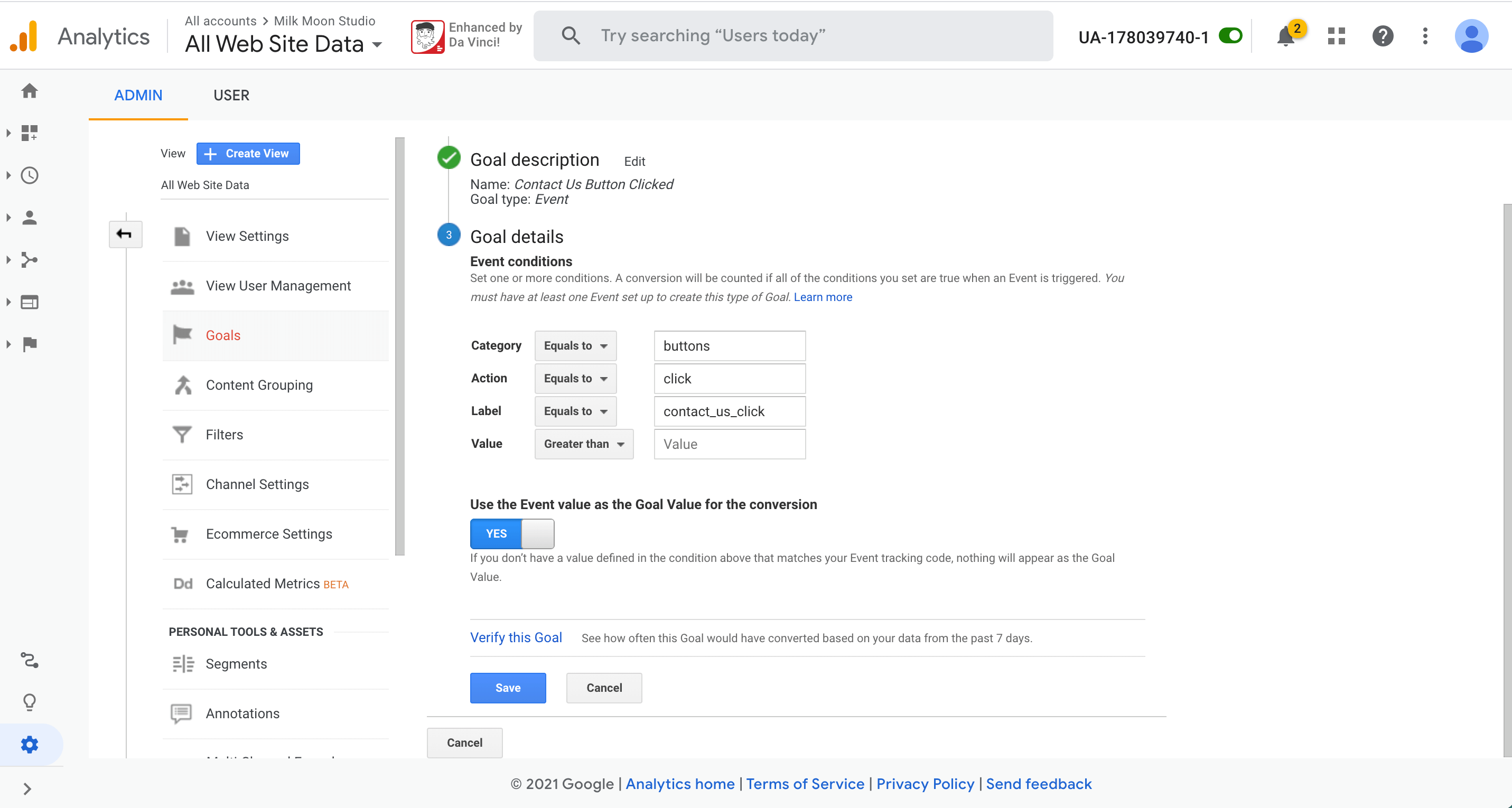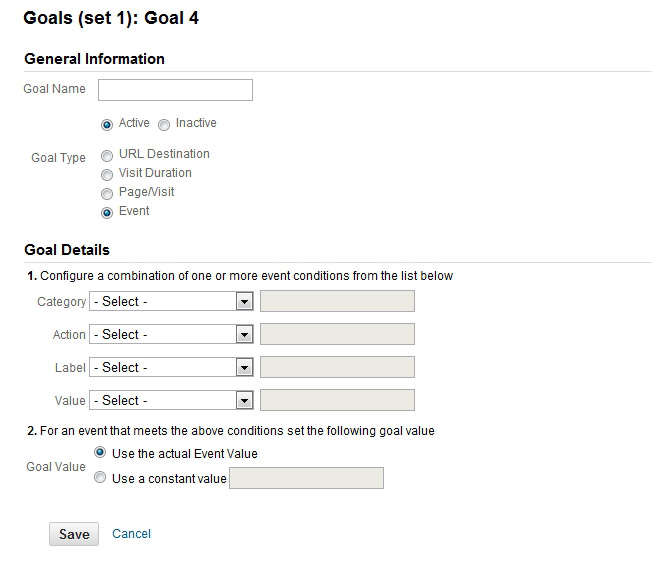What Data Is Google Analytics Goals Unable to Track and Why
What Data Is Google Analytics Goals Unable to Track and Why
Blog Article
Debunking Google Analytics Limitations: Reveal What Information Goals Can not Track
In the world of electronic analytics, Google Analytics stands as a powerful device that offers beneficial insights right into internet site performance and individual actions. From the complexities of customer communication with vibrant material to the intricacies of cross-device user trips, these constraints lost light on areas that might remain covered from conventional analytics viewpoints.

Customer Communication With Dynamic Web Content
User communication with vibrant web content plays a critical role in recognizing user behavior on sites and maximizing the general user experience. Dynamic material describes elements on a webpage that can change without the need for a complete page reload. This includes interactive components such as pop-ups, sliders, kinds, and videos that react to customer activities in real-time. By tracking user interactions with dynamic material, internet site owners can gain useful understandings right into customer engagement, preferences, and behaviors.
Google Analytics uses different devices to track individual interactions with dynamic material, such as event monitoring and online pageviews. Occasion monitoring enables you to check particular individual actions, like clicking a switch or enjoying a video clip, giving data on how individuals engage with dynamic components.
Cross-Device User Journeys
Just how can modern-day analytics tools track the facility paths customers take across multiple gadgets in their on the internet trips? Cross-device individual trips present a considerable obstacle for tracking and assessing individual actions accurately. As individuals communicate with apps or sites making use of different tools such as tablet computers, desktops, and mobile phones, it becomes vital to comprehend exactly how they relocate in between these systems to maximize individual experience successfully.
Google Analytics encounters limitations in tracking cross-device user trips due to personal privacy worries and technological restraints - what data is google analytics goals unable to track. While it can offer insights into individual gadgets' communications, tracking a smooth customer trip throughout numerous devices stays an obstacle. This constraint can lead to incomplete data and fragmented customer insights, making it difficult for businesses to develop a unified view of the customer journey
To address this problem, businesses can utilize innovative analytics devices that use cross-device tracking capabilities, allowing them to obtain a much more holistic understanding of user actions. By leveraging these tools, businesses can bridge the void in tracking cross-device customer trips and enhance their digital strategies for a smooth user experience.
Offline Conversions and Attribution
As organizations browse the obstacles of tracking cross-device customer journeys, another crucial element to think about is the world of offline conversions and attribution in the world of data analytics. While Google Analytics supplies useful insights into on-line user actions, it fails when it pertains to tracking conversions that happen offline. This limitation presents a significant obstacle for companies that have both online and offline sales networks.
Offline conversions, such as purchases made in physical stores or through telephone call centers, are necessary to comprehending the full client trip. Without the ability to associate these offline conversions to details on the internet communications, businesses might battle to properly measure the impact of their electronic marketing efforts.
To address this void, services can discover different options such as incorporating CRM systems with on the internet analytics devices or making use of distinct discount codes that can be mapped back to on-line projects. By linking the gap between online and offline data, services can gain a much more detailed understanding of their consumers' actions and improve their general advertising strategies.
Individual Customer Identification
In the realm of information analytics, the capability to properly recognize individual users across various on the internet touchpoints is a critical challenge for companies seeking to customize and enhance their advertising methods. While Google Analytics provides useful insights right into individual habits and interactions, it falls short in making it possible for the recognition of details people because of personal privacy problems and technical constraints. Google Analytics utilizes distinct identifiers such as cookies to track user sessions and habits, but these do not correspond to recognizing specific customers in an individual feeling.

Data From Secure Pages
Despite the boosting prevalence of safe and secure pages on websites, acquiring data from these encrypted sources offers a special challenge for digital analytics platforms like Google Analytics. Secure pages, indicated by HTTPS in the URL, secure data traded in between the customer's web browser and the website's web server to make certain personal privacy and protection. While this security is important for protecting sensitive info, it likewise positions limitations click to investigate for tracking individual actions and event analytics information.
Google Analytics encounters obstacles in collecting thorough information from safe web pages due to the encryption methods in location. Therefore, particular information factors such as reference sources, keyword searches, and even some individual communications might not be totally caught when customers access a site with a safe and secure connection. This restriction can influence the accuracy and completeness of the data evaluation, causing spaces in comprehending customer behavior and choices on safe and secure pages.
To navigate this challenge, digital analysts may need to explore different monitoring approaches or leverage various other tools specifically made to collect understandings from secure web pages. By adjusting approaches to suit these restrictions, companies can still derive important analytics despite the constraints presented by encrypted links.
Verdict
In conclusion, Google Analytics has constraints in tracking individual interaction with vibrant content, cross-device customer journeys, offline conversions, specific customer identification, and information from secure web pages. Regardless of its beneficial understandings, Google Analytics may not give a total image of individual involvement across various touchpoints.
Individual interaction with dynamic web content plays a crucial function in understanding user actions on websites these details and maximizing the overall customer experience. By tracking user interactions with vibrant content, web site owners can obtain valuable insights into user engagement, choices, and actions.
Google Analytics uses unique identifiers such as cookies to track user sessions and actions, however these do not correspond to identifying individual customers in an individual feeling.
As a result, specific information factors such as referral sources, keyword searches, and even some user interactions may not be completely recorded when customers access a site with a safe and secure connection.In conclusion, Google Analytics has restrictions in tracking individual communication with vibrant content, cross-device customer trips, offline conversions, private user recognition, and information from safe and secure pages.
Report this page